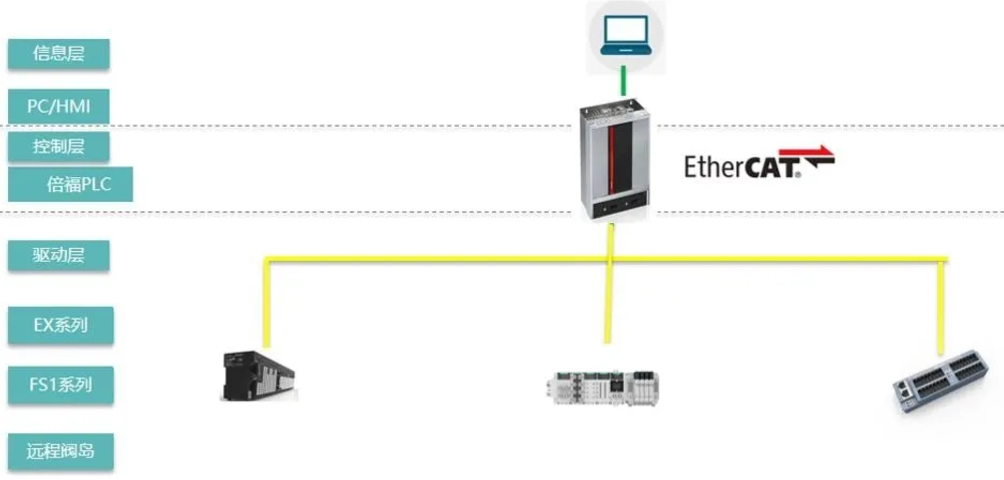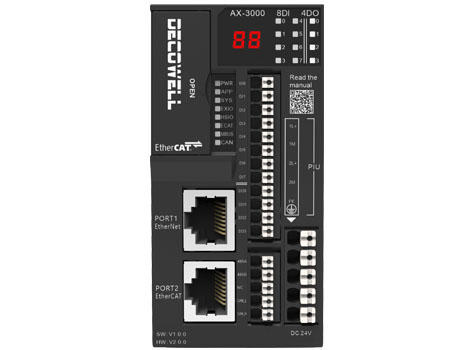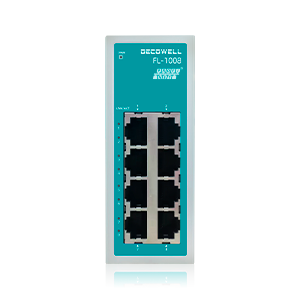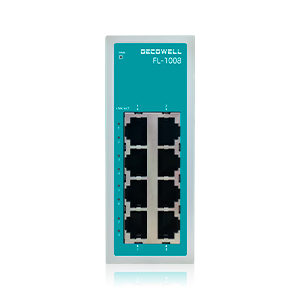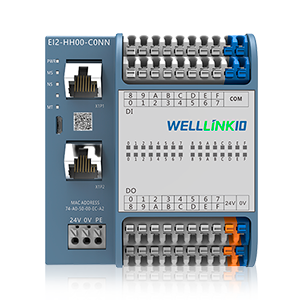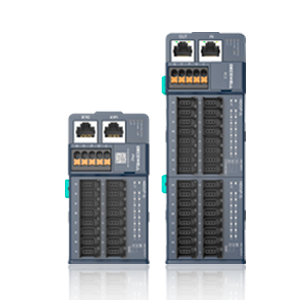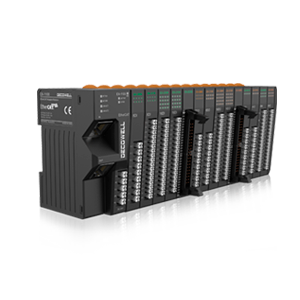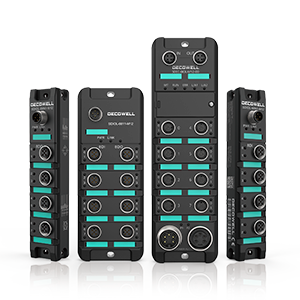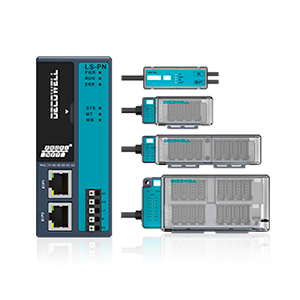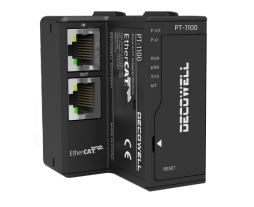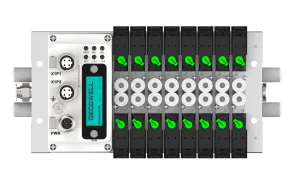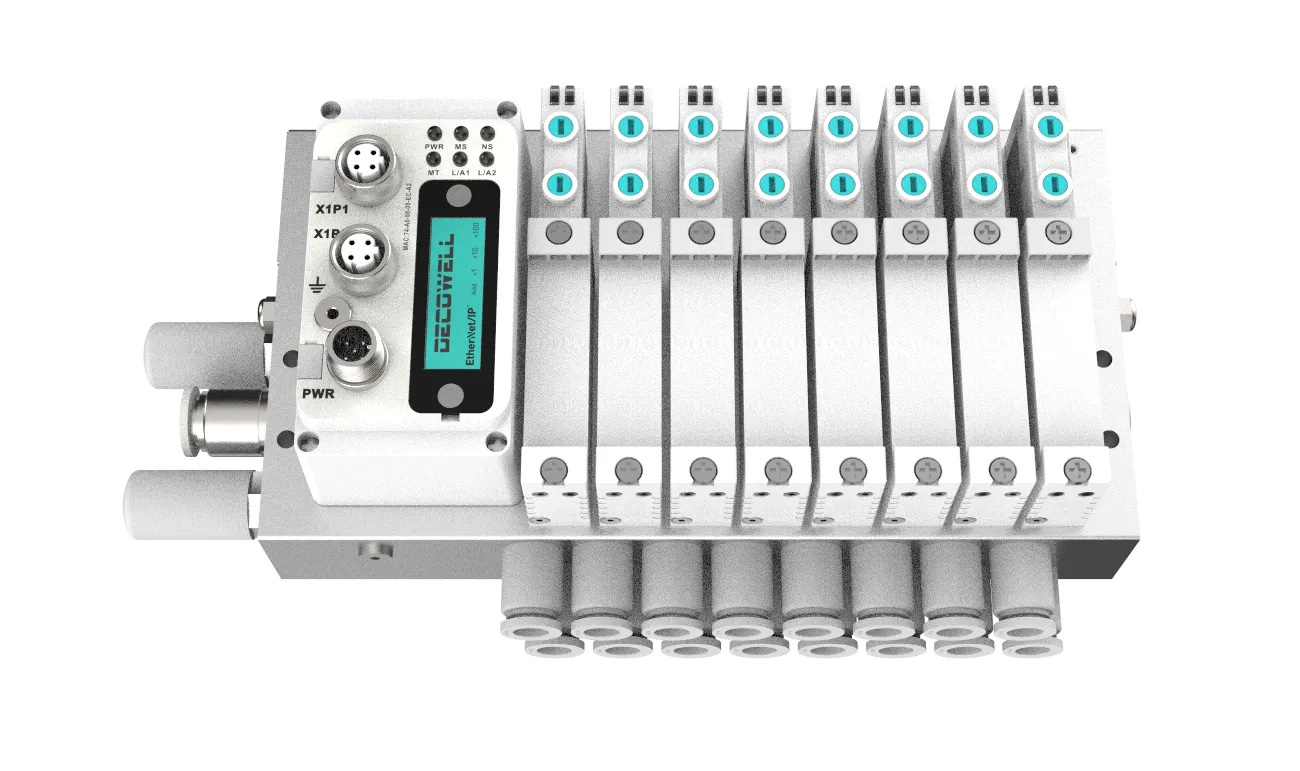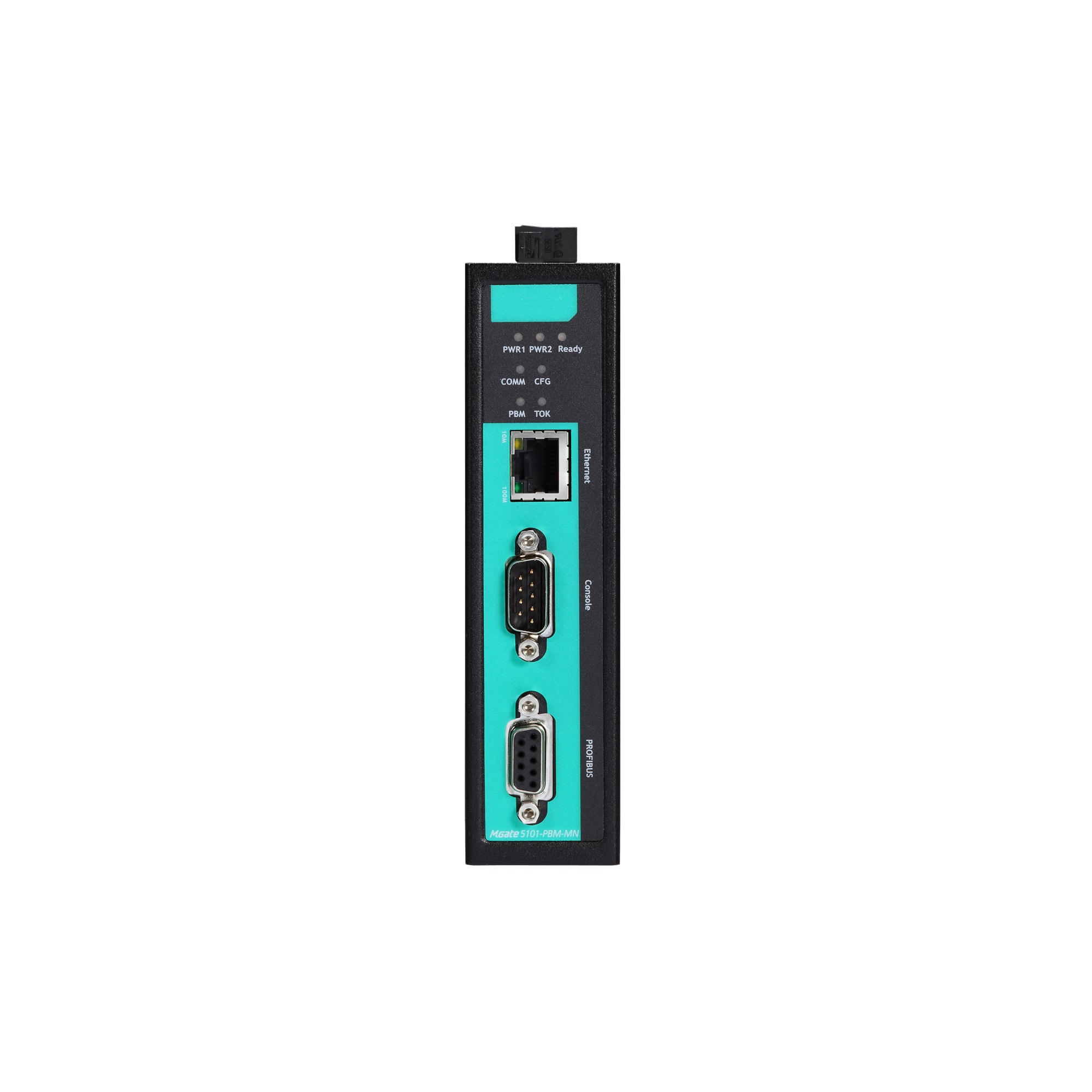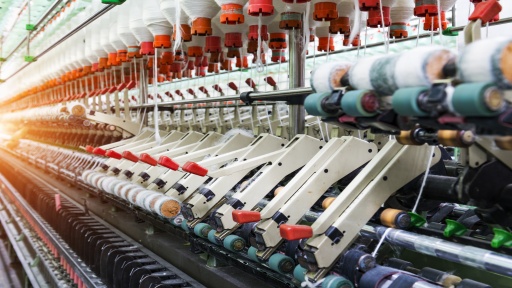
Textile industry
Application case, Decowell remote IO module is applied to the textile industry wear machine.
With the rapid development of textile technology, labor costs are increasing day by day, and the application of advanced automation equipment to reduce production costs has become a common concern of textile enterprises.
The drawing-in is the last procedure of warp yarn preparation, which requires high speed and flexibility. The application of automatic drawing-in machines can greatly improve the market competitiveness of textile enterprises.
Decowell modules win customers 'favor by meeting the needs of high speed, high precision, and stability on the spot of the warp machine.
01. Industry Analysis
With the continuous progress of automatic winders, warping machines, sizing machines, and loom technology in the textile industry, the degree of automation of production is improving step by step, and the weaving speed has been greatly improved.
Due to the complexity of the operation of the warp threading process, the process has been mainly completed manually for a long time, which not only has slow speed, low production efficiency, and more labor but also has high labor intensity and low production level.
The drawing-in machine is convenient to control and operate, increases flexibility in weaving preparation, improves drawing-in quality for the drawing-in process, reduces labor, reduces production cost, shortens delivery time, ensures the quality of warp beam, and finally improves the order-receiving ability of enterprises, and occupies the commanding height in fierce market competition.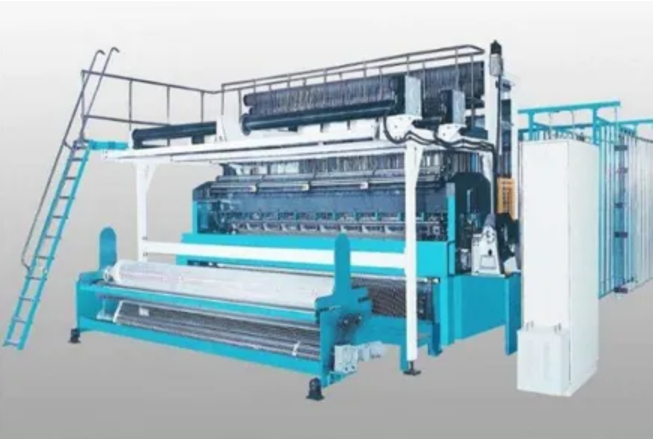
02. Process Description
The weaving process mainly includes: warping, sizing, threading, weaving, and finishing.

1. Whole process:
Warping machine: According to the process design requirements, a certain number of warp yarns are wound in parallel on the warp axis
under a certain tension according to the specified length and width.
2. Sizing process:
Sizing machine: To bond the single fibers of the silk together, increase the breaking strength of the silk, and facilitate smooth weaving
on the machine. Place the finished warp beam on the sizing machine, suction it, and dry it in an oven.
3. Passing process:
Thread through the machine: Thread each warp yarn on the warp shaft into the warp and steel reed in a certain order according to the
process design requirements, and insert stop warp pieces on the warp yarn. It has been confirmed that the weaving process is going smoothly.
4. Weaving process:
Weaving machine: The warp and weft yarns are guided by a shuttle on the weaving machine, interwoven into raw fabric according to
the process requirements, and wound into a fabric roll.
5. Organizing process:
Weaving → fabric inspection → (brushing) → (drying) → folding → repairing → packaging → finished product storage
03. Decowell Automation Solutions:
To save weaving time and create high-quality fabrics, the current pursuit in knitting factories is more focused on flexibility and stability.
In this project, the equipment used Dequewell EX series and FS1 series products, combined with Beifu PLC for signal control.
Among them, the Decowell FS1 quick-connect terminal has a small volume, easy installation, and convenient on-site wiring construction.
The EX series expands various analog signals.
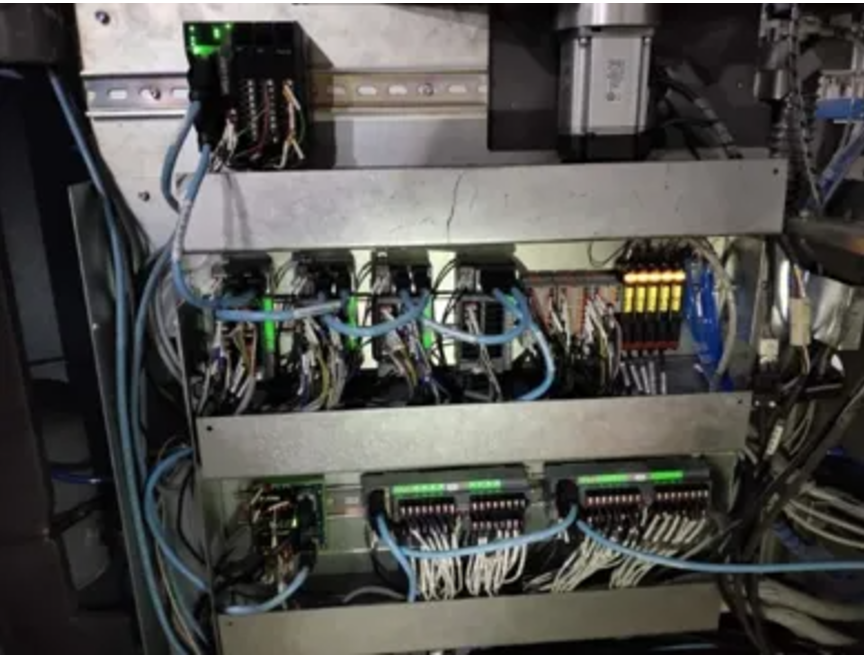
The Decowell IO module mainly controls all kinds of position signals and relay output processing of the warp drawing-in machine,
and various analog channels are used to monitor the temperature of the working structural parts of the warp drawing-in machine.
